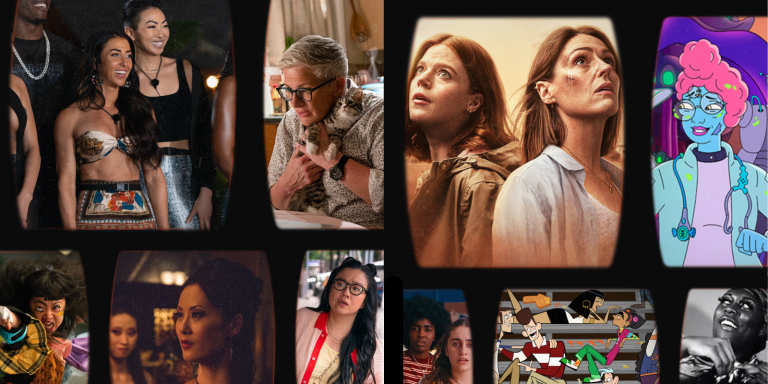tv lists
16 Pretty Good Lesbian Shows We’re Pretty Sure You Haven’t Seen Yet
Kayla Kumari Upadhyaya
Oct 18, 2025










